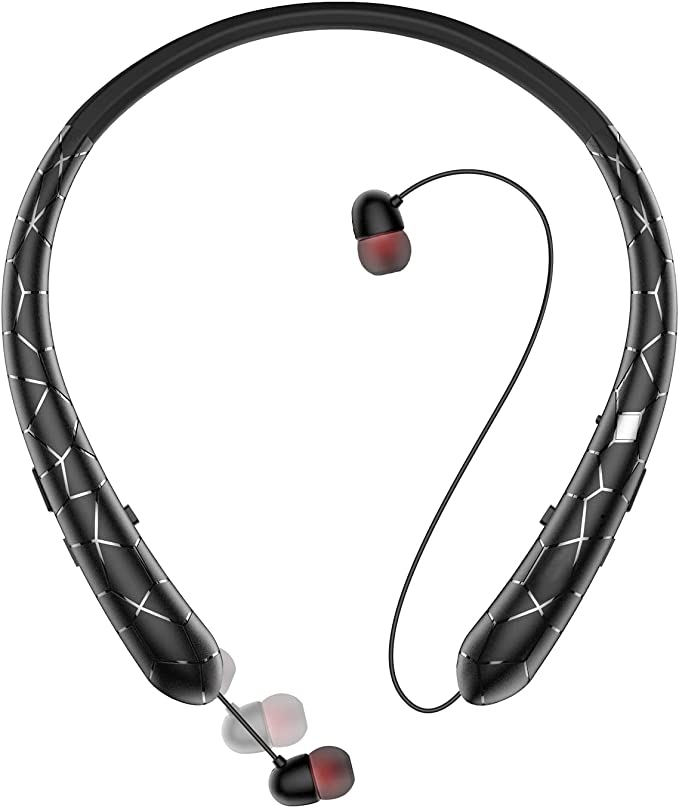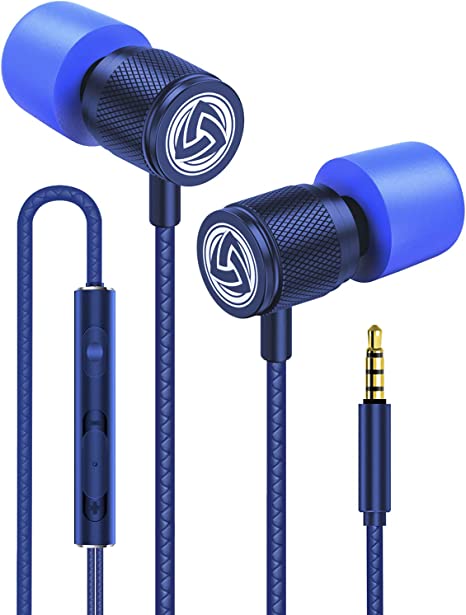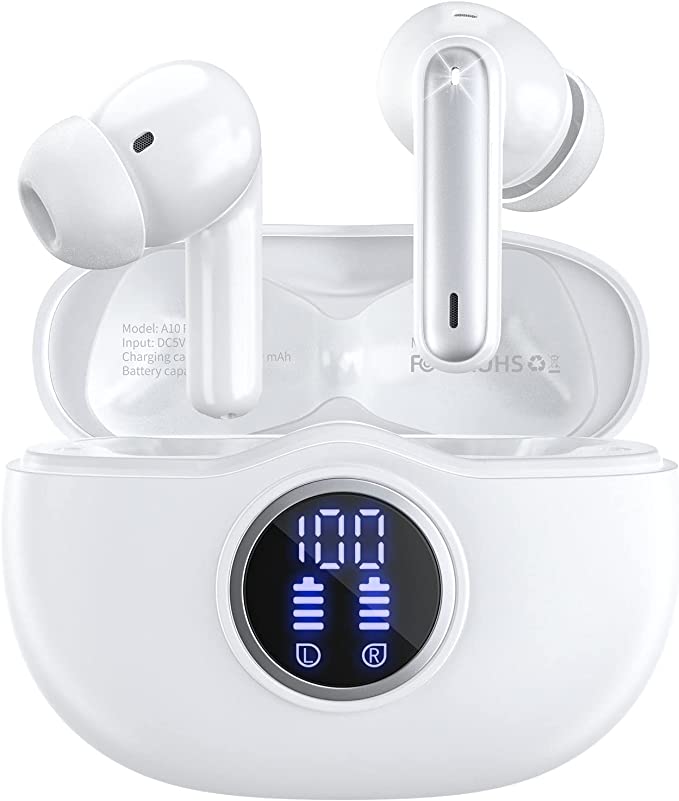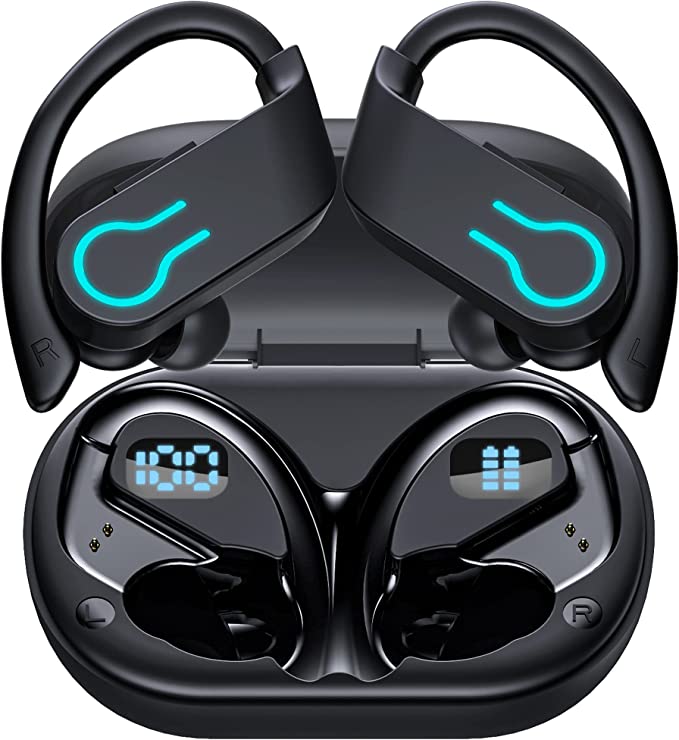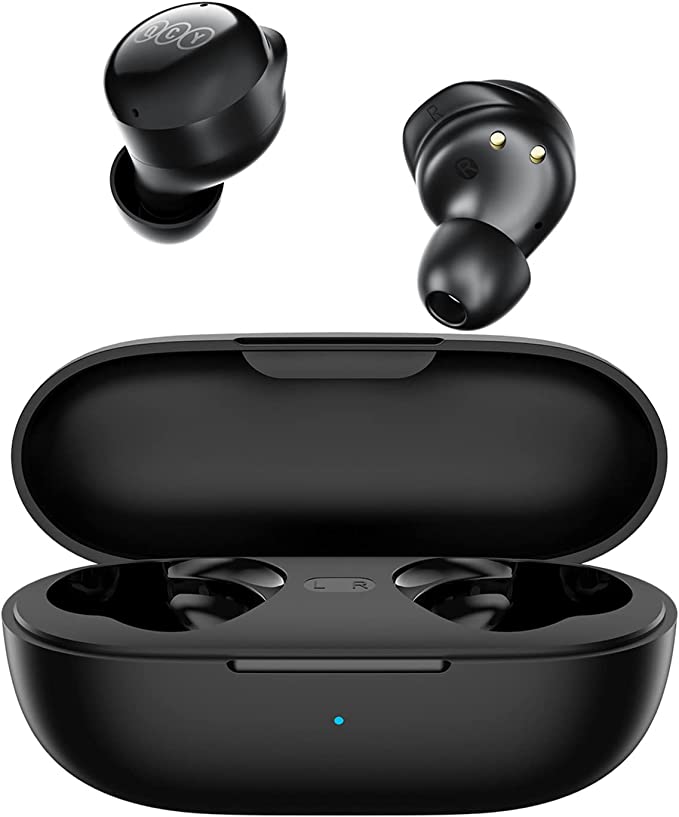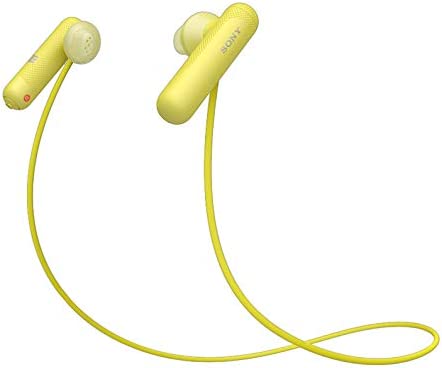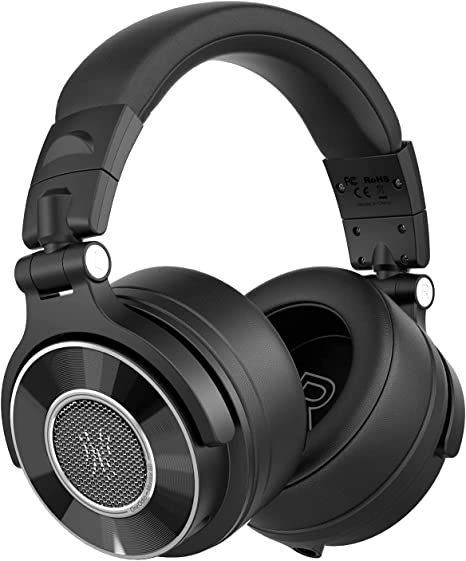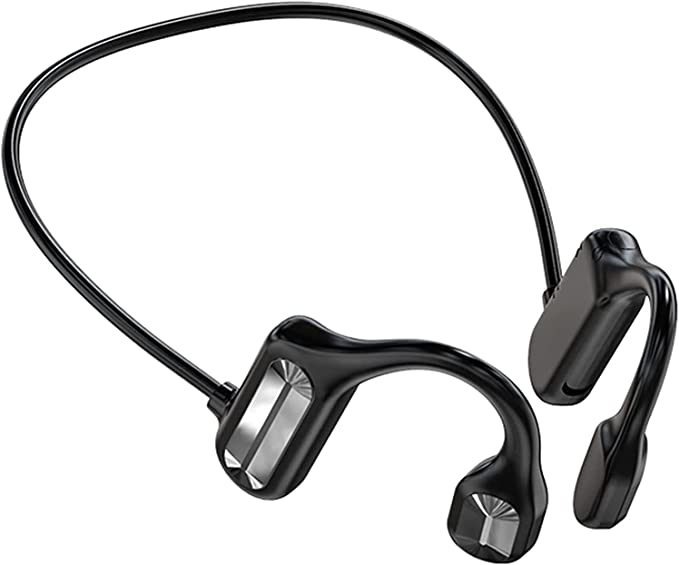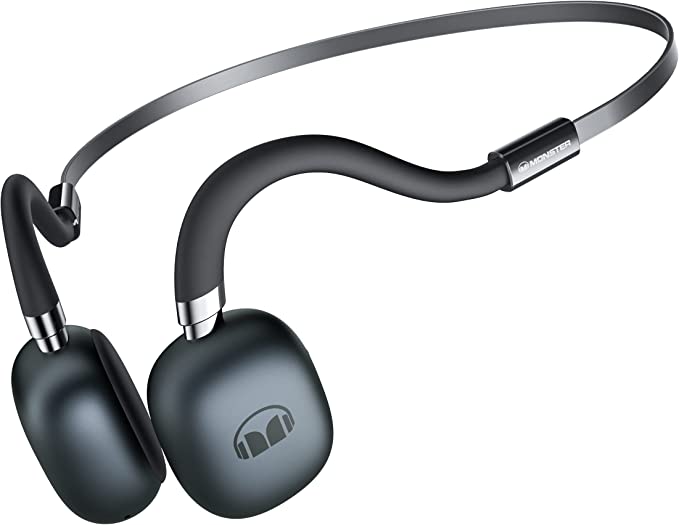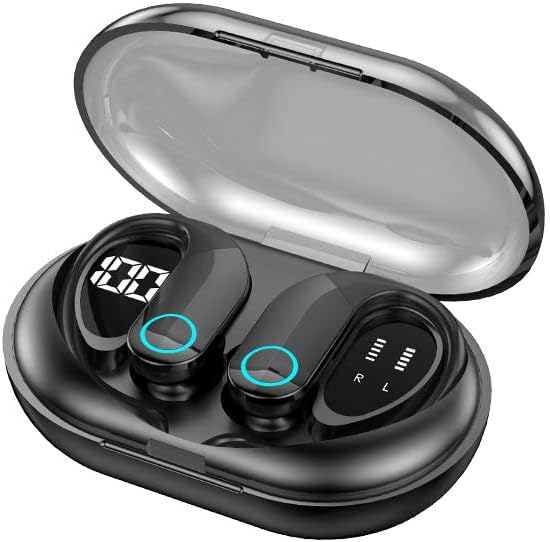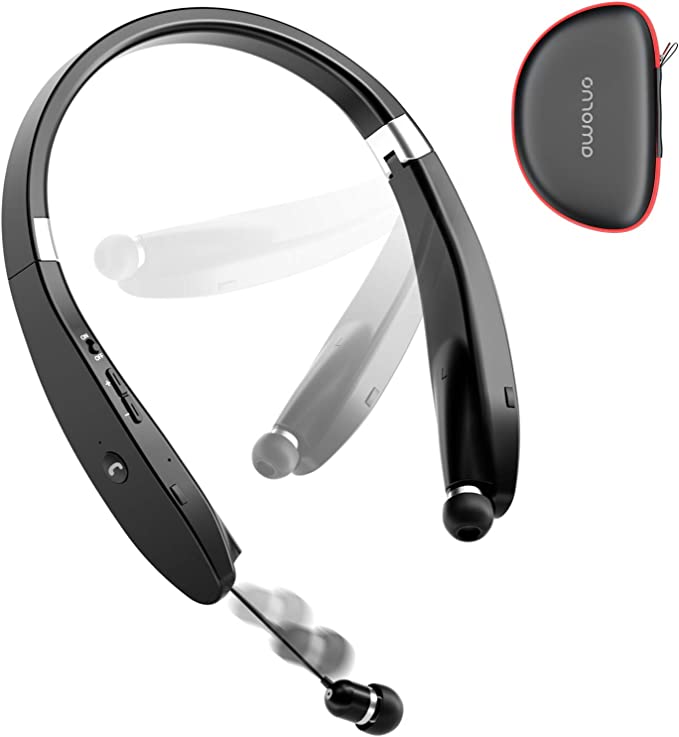Mastering 10-Meter Radio: A Deep Dive into SSB, Propagation, and Modern Transceivers
Update on Oct. 30, 2025, 2:01 p.m.
There is a special kind of magic in the 10-meter amateur radio band.
This slice of the radio spectrum, from 28.000 to 29.700 MHz, holds a unique personality. For months or even years, it can be deceptively quiet, carrying signals little further than your own neighborhood. Then, as if a switch is thrown, the band can roar to life, bouncing signals off the atmosphere to connect continents. An operator with a simple antenna in their backyard can suddenly chat with someone a thousand, or even ten thousand, miles away.
This thrilling, unpredictable nature is what draws so many enthusiasts in. But it’s not magic—it’s science.
Understanding this science is the key to unlocking the band’s potential. It’s the difference between turning the radio on and hearing static, and turning it on to talk to the world.
In this guide, we’re going to take a deep dive into the “how” and “why” of 10-meter operation. We’ll skip the dry jargon and focus on what you actually need to know. We’ll cover the solar science that makes it all possible, the communication mode that reigns supreme (SSB), and how a modern radio, like the Radioddity QT60 Pro we’ll use as our teaching example, packs all this theory into a practical tool.
Part 1: Our “Magic Mirror” in the Sky
First, we need to talk about the sun.
Everything in long-distance radio (or “DX”) hinges on our sun’s 11-year solar cycle. Think of the sun as a giant engine that’s constantly bathing the Earth in energy. This energy, particularly UV and X-ray radiation, charges a region of our upper atmosphere called the ionosphere.
This charged ionosphere acts like a giant, invisible mirror for certain radio frequencies.
During a solar minimum (when the sun is quiet, with few sunspots), this mirror is weak. Radio waves on the 10-meter band, which are high in frequency, simply pass right through it into space. The band “goes long,” and we’re left with only local, line-of-sight communication.
But during a solar maximum (like the one we are in right now!), the sun is active and energetic. It “supercharges” the ionosphere, making that mirror incredibly strong and reflective. Now, when your 10-meter signal hits it, it doesn’t escape. It gets refracted back down to Earth, landing hundreds or thousands of miles away. This is the “skip” or skywave propagation that operators live for.
This is why 10 meters is so exciting: its performance is a direct reflection of the sun’s activity. For new Technician-class licensees in the US, this band is their primary gateway to the world of HF voice, and there has never be a better time to be on it.

Part 2: The Pro’s Secret—Why SSB Dominates HF
Okay, so the band is open, and the ionosphere is ready to bounce our signal. Now, how do we send our voice?
You’re probably familiar with AM (Amplitude Modulation) and FM (Frequency Modulation). But on the HF bands, the undisputed champion is Single Sideband (SSB).
Let’s break down why, in simple terms.
When you transmit on AM radio, you’re actually sending three things:
1. A big, power-hungry carrier wave (which contains no voice information).
2. An Upper Sideband (which carries your voice).
3. A Lower Sideband (which also carries your voice, an exact copy).
Think of it as mailing a letter. AM is like putting your one-page letter (your voice) into a 10-pound steel envelope (the carrier) and including a blank, identical copy of the letter just in case (the redundant sideband). It’s incredibly inefficient. Most of your radio’s power is wasted heating up the envelope, not delivering the message.
SSB is the solution. It’s a “smarter” mode that electronically strips away all the waste.
1. It suppresses the carrier wave, saving all that power.
2. It discards one of the sidebands (you only need one copy!).
All of the transmitter’s power—in the case of the QT60 Pro, its 60W Peak Envelope Power (PEP)—is concentrated only into the part that matters: a single sideband (either Upper Sideband, USB, or Lower Sideband, LSB) carrying your voice.
This has two massive advantages: * Power Efficiency: Your 60-watt SSB signal has the effective “punch” of a much, much more powerful AM transmitter. It will be heard clearly in places where an AM signal of the same power would be completely lost in the noise. * Bandwidth Efficiency: An SSB signal takes up less than half the “space” on the band as an AM signal. This is like a two-lane road becoming a four-lane highway—it allows more people to talk without interfering with each other.
This efficiency is why SSB is the mode of choice for all serious long-distance operators. It’s the tool that lets you turn a weak, marginal signal into a clear, understandable conversation.
Part 3: From Theory to Practice—Looking at the Tools
Now that we understand the science (solar cycles) and the method (SSB), let’s look at the tool. A modern transceiver like the Radioddity QT60 Pro is designed specifically to solve the challenges of operating on this dynamic band.
We’re not just looking at a list of features; we’re looking at a set of solutions to common operator problems.
Problem 1: The Band is Noisy!
Solution: TX & RX Noise Reduction (NR)
The HF spectrum is full of noise. You have atmospheric noise (QRN) from lightning storms thousands of miles away, and man-made noise (QRM) from your neighbor’s plasma TV, your own computer, and nearby power lines. This “noise floor” can easily drown out the weak DX signal you’re trying to hear.
This is where Digital Signal Processing (DSP) comes in. The QT60 Pro features 5-level noise reduction for both receive (RX) and transmit (TX).
Think of it this way: The DSP “listens” to the incoming audio. It’s smart enough to identify the patterns of random, hissing static versus the structured, non-random patterns of a human voice. It then digitally subtracts the noise, “lifting” the voice out of the mud. The multiple levels allow you to be aggressive on a very noisy signal or gentle when you just need to reduce background hiss. The TX noise reduction does the same for your outgoing audio, ensuring you sound as clear as possible to the other station.
Problem 2: My Antenna Isn’t Perfect (and I Don’t Want to Break My Radio)
Solution: SWR & Voltage Protection
This is one of the most important (and least understood) features for any new operator.
Your radio is designed to send its 60W of power out to the antenna. But for this to happen, the antenna system must be a perfect “match” for the radio. We measure this match with SWR (Standing Wave Ratio).
- A low SWR (like 1.5:1 or less) is like a wide-open highway. All your power flows smoothly from the radio to the antenna and radiates out.
- A high SWR (like 3:1 or more) is like a massive traffic jam with a roadblock. The power leaves the radio, hits the “mismatch” at the antenna, and has nowhere to go. So, it reflects back down the feedline and into the radio’s final transistors.
This reflected power is pure, destructive heat. It is the #1 killer of transceiver “finals.”
The QT60 Pro’s SWR protection circuit is a life-saver. It constantly monitors for this reflected power. If it detects a dangerously high SWR, it automatically reduces the radio’s output power, protecting itself from damage. This gives you a crucial warning to stop, check your antenna, and fix the problem before you let the magic smoke out.

Problem 3: I’m Tired of Listening to Static
Solution: Automatic Squelch Control (ASQ) and RF Gain
Traditional squelch is an “on/off” switch. You set a level, and any signal weaker than that is muted. But on HF, the noise level is always changing. You’re stuck constantly fiddling with the knob.
ASQ (for AM/FM modes) is a smarter system. It intelligently samples the background noise on the frequency and automatically sets the squelch threshold just above it. It silences the static but instantly opens up when a real, usable signal appears.
For SSB, you have a more powerful tool: RF Gain. Think of this as a “noise filter.” Most new operators crank the RF Gain to maximum, thinking it’s a volume knob. It’s not. This just amplifies everything, including the noise.
The pro-tip is to reduce your RF Gain until the background noise just starts to fade. This lowers the noise floor without affecting the strength of the incoming signal, making weak signals pop out of the static. It’s a crucial skill, and having a dedicated control for it is essential.
Problem 4: I Want More Versatility
Solution: The “Pro” Upgrades
The “Pro” version of the QT60 adds capabilities that expand its utility beyond just one band. * VHF FM Receive (136-174MHz): This turns your radio into a multi-band monitor. You can listen to the popular 2-meter ham band, NOAA weather channels (which it also has built-in), marine traffic, and local public service frequencies. * CTCSS/DCS Scan: These are sub-audible tones used on VHF/UHF repeaters to block interference. Having this feature, especially the ability to scan for the correct tone, makes it a much more capable VHF/UHF receiver. * SSB TX Audio Bandwidth Control: This is an advanced feature that lets you tailor your transmitted audio, perhaps narrowing it for more “punch” to cut through a pileup or widening it for more natural-sounding audio.

Your Journey Starts Here
A modern radio like the Radioddity QT60 Pro is an impressive piece of engineering. It packs a 60W SSB transmitter, advanced DSP noise reduction, and critical protection circuits into an affordable package.
But remember, the radio is a tool. The real magic isn’t in the box—it’s in the ionosphere, in the efficiency of an SSB signal, and in the thrill of making a connection against the odds.
The most important investment you can make is in your antenna system. A $1000 radio on a bad antenna will be beaten by a radio like this one connected to a well-matched, properly installed, and resonant antenna. The SWR protection on the radio is your safety net, but a good antenna is your key to success.
Whether you’re a new Ham exploring your first HF band or an experienced enthusiast looking for a powerful, multi-mode rig, the journey is the same. Learn the science, master the tools, and get on the air. The sun is cooperating, and the world is waiting to be heard.




